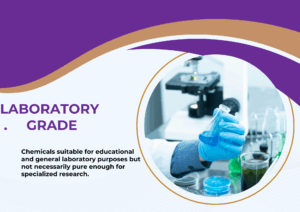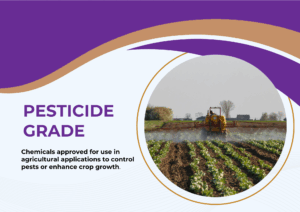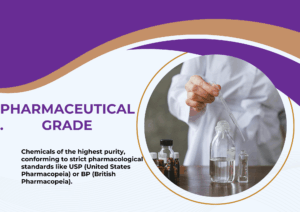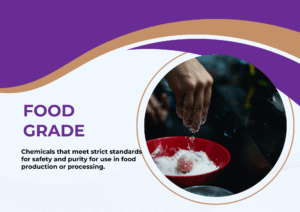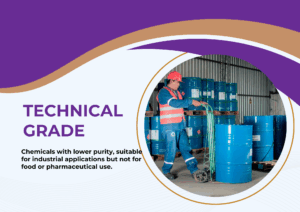Hexane in Everyday Life: From Food Processing to Industrial Applications
Hexane, a simple organic compound made up of six carbon atoms and fourteen hydrogen atoms, is widely used in both everyday life and various industrial applications. While it might not be a household name, hexane plays a crucial role in many processes that influence the way we live.
In the food industry, hexane is particularly known for its use in oil extraction, especially for extracting vegetable oils like soybean, canola, and corn oil. The process involves soaking the seeds in hexane to dissolve the oil, which is then separated from the solvent through distillation. The use of hexane in food processing has sparked some debates, particularly regarding its potential residue in the final product. However, modern technology ensures that any hexane residue is well below the levels deemed harmful by regulatory agencies, making it safe for consumption.
Beyond food processing, hexane finds a place in various industrial applications. It’s a common solvent in the manufacturing of adhesives, paints, varnishes, and coatings. Its effectiveness as a solvent, combined with its relatively low cost, makes it a popular choice in industries where the ease of dissolving substances is essential.
In the pharmaceutical industry, hexane plays an important role as a solvent in drug formulation. It also aids in extracting essential oils and plant-based products used in medications and other health-related products. Due to its volatility and low toxicity at controlled levels, hexane remains a valuable tool in the formulation of numerous products.
In laboratories, hexane is frequently used for cleaning and degreasing equipment. Its ability to dissolve oils, fats, and waxes makes it ideal for keeping lab tools free from contaminants, ensuring accurate results in chemical experiments.
Despite its widespread use, there are environmental and health concerns related to hexane. As a volatile organic compound (VOC), it contributes to air pollution and poses risks when inhaled in large quantities. For this reason, industries are continuously developing safer methods for handling and disposing of hexane to mitigate its impact on both health and the environment.
In conclusion, hexane may not be something we encounter directly every day, but its presence in food production, industrial processes, and scientific research underlines its importance in modern life. With ongoing advancements, its role in various sectors is likely to remain vital while being managed more safely and efficiently.


 Emollients
Emollients Humectants
Humectants UV Filters
UV Filters Surfactants (cosmetic)
Surfactants (cosmetic) Preservatives (cosmetic)
Preservatives (cosmetic) Fragrances and Essential Oils
Fragrances and Essential Oils Antioxidants (cosmetics)
Antioxidants (cosmetics)
 Solvents (lab)
Solvents (lab) Chromatography Chemicals
Chromatography Chemicals Microbiology and Cell Culture Reagents
Microbiology and Cell Culture Reagents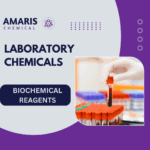 Biochemical Reagents
Biochemical Reagents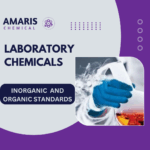 Inorganic and Organic Standards
Inorganic and Organic Standards Spectroscopy Reagents
Spectroscopy Reagents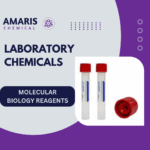 Molecular Biology Reagents
Molecular Biology Reagents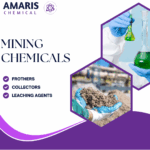
 Precious Metal Extraction Agents
Precious Metal Extraction Agents
 Plasticizers
Plasticizers Polymerization Initiators
Polymerization Initiators Stabilizers
Stabilizers Monomers
Monomers Fillers and Reinforcements
Fillers and Reinforcements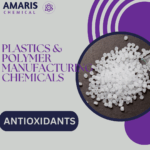 Antioxidants (plastics)
Antioxidants (plastics) Colorants (plastic pigments,Dyes)
Colorants (plastic pigments,Dyes)
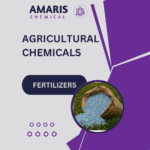 Fertilizers
Fertilizers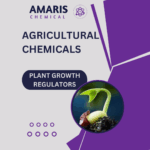 Plant Growth Regulators
Plant Growth Regulators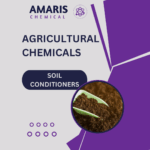 Soil Conditioners
Soil Conditioners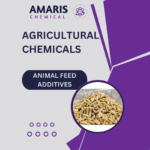 Animal Feed Additives
Animal Feed Additives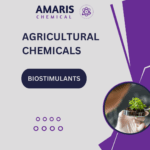 Biostimulants
Biostimulants
 Dough Conditioners
Dough Conditioners Flour Treatments
Flour Treatments Fat Replacers
Fat Replacers Preservatives (baking)
Preservatives (baking)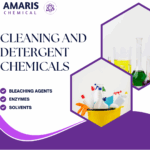
 Surfactants (cleaning)
Surfactants (cleaning)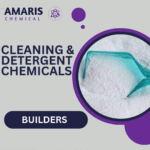 Builders
Builders Bleaching Agents
Bleaching Agents Enzymes
Enzymes Solvents (cleaning)
Solvents (cleaning) Fragrances
Fragrances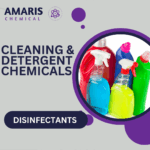 Disinfectant
Disinfectant Metal cleaning
Metal cleaning
 Binders/Resins
Binders/Resins Pigments
Pigments Solvents (paint)
Solvents (paint) Additives
Additives Driers
Driers Anti-Corrosion Agents
Anti-Corrosion Agents Specialty Coatings
Specialty Coatings Functional Coatings
Functional Coatings Application-Specific Coatings
Application-Specific Coatings
 Sealants and Adhesives
Sealants and Adhesives
 Biodegradable Surfactants
Biodegradable Surfactants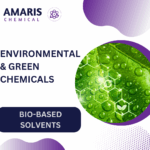 Bio-based Solvents
Bio-based Solvents Renewable Polymers
Renewable Polymers Carbon Capture Chemicals
Carbon Capture Chemicals Wastewater Treatment Chemicals
Wastewater Treatment Chemicals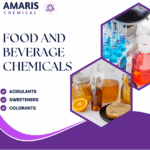
 Preservatives (food)
Preservatives (food)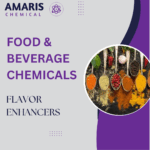 Flavor Enhancers
Flavor Enhancers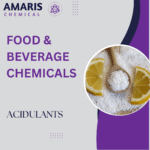 Acidulants
Acidulants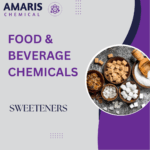 Sweeteners
Sweeteners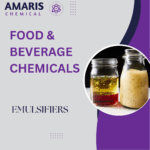 Emulsifiers
Emulsifiers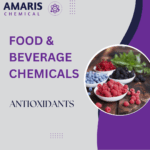 Antioxidants (food)
Antioxidants (food)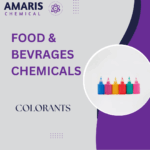 Colorants (food)
Colorants (food) Nutrient Supplements
Nutrient Supplements Nutraceutical Ingredients
Nutraceutical Ingredients
 Fresh Herbs
Fresh Herbs Whole Spices
Whole Spices Ground Spices
Ground Spices Spice Blends
Spice Blends
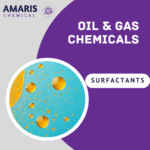 Surfactants(oil)
Surfactants(oil)
 Antibiotics
Antibiotics Active Pharmaceutical Ingredients
Active Pharmaceutical Ingredients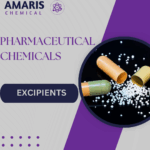 Excipients
Excipients Vaccine Adjuvants
Vaccine Adjuvants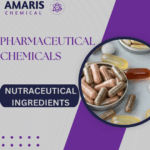 Nutraceutical Ingredients
Nutraceutical Ingredients Solvents (pharmaceutical)
Solvents (pharmaceutical)
 Automotive chemicals
Automotive chemicals Pyrotechnic Chemicals
Pyrotechnic Chemicals


 Vulcanizing Agents
Vulcanizing Agents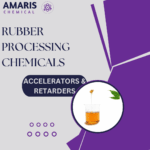 Accelerators & Retarders
Accelerators & Retarders Antidegradants
Antidegradants Reinforcing Agents
Reinforcing Agents Plasticizers & Softeners
Plasticizers & Softeners Fillers & Extenders
Fillers & Extenders Blowing Agents
Blowing Agents Adhesion Promoters
Adhesion Promoters



